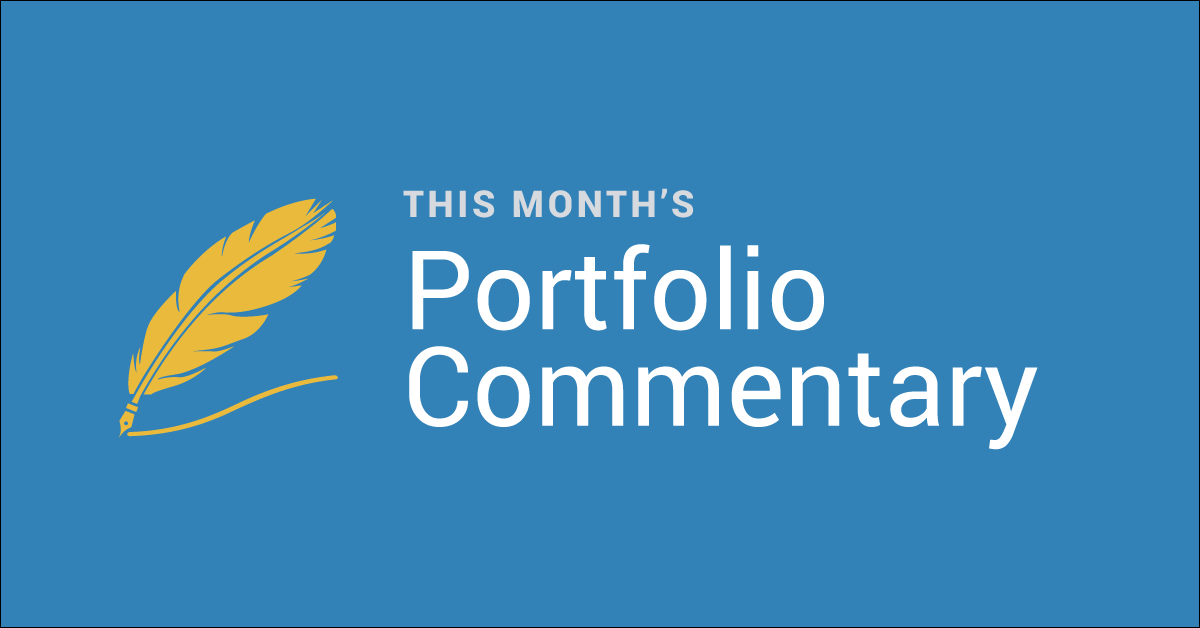BRAMSHILL BLOG: From the Desk of Bramshill Investments

The portfolio performed well in April, up 1.16%, which brings our YTD 2021 performance to +1.20%. In the first four months of 2021, we avoided most of the drawdown in the U.S. fixed income market by holding a short duration portfolio with an attractive yield and a high credit quality. Our portfolio at this time is a reflection of our opinion that closed-end funds (CEFs) and fixed to reset preferred securities represent the best values with the largest “margins of safety” in our investable universe. In particular, as stated in our 1Q21 Investor Letter: “With front end rates still anchored at zero, CEF’s continue to enjoy cheap financing to moderately lever these portfolios. With many of these funds trading at significant discounts to NAV, they provide an entry into diversified baskets of risk that simply cannot be replicated in the secondary market at this time.” These holdings have outperformed YTD, offsetting slight losses sustained in other parts of the portfolio. We expect this outperformance to continue in the upcoming quarters of 2021.
Regarding Preferred securities (Pfd), they now represent approximately 39% of the portfolio. This is down slightly on the month as BAC 6% Pfd and WFC 5.7% Pfd issues were both called in April. We also took profits by reducing our position in ET Pfd’s which have rallied substantially (+14% YTD) in conjunction with the run-up in energy and MLPs this year. We added one position via new issue in ALLY 4.70% fixed to nc5 reset Pfd (which resets in 5 years at UST5Y+387). This is a similar structure as we have described in recent months with limited duration and an attractive structure in a rising rate environment. Our high yield exposure remains conservative at 15% of the portfolio as we believe this asset class is trading at the tight end of the recent trading range. However, leveraged loan closed-end funds (CEFs) represent approximately half of our HY allocation. We still believe these positions are attractively priced. Such CEFs have rallied 6-9% YTD and exhibited substantial principal gains in April. In municipals, we are still negatively disposed to cash municipal bonds as yields in this sector still trade at approximately 70% of US Treasury yields. However, municipal CEF’s have been a substantial allocation for the Strategy this year and have proven resilient, many having (should this be ‘have’?) rallied 2-4% YTD in principal even in a rising interest rate environment. We took profits in this sector into the rally by reducing our municipal CEF allocation from 15% to 13% in April. Investment grade corporates comprise 11% of the portfolio. These positions are limited duration, liquid corporate bonds and have exhibited very little volatility. Upon a correction in the credit markets, our investment grade allocation may be reduced for opportunities elsewhere. The duration of our portfolio is currently 3.1 years, with a current yield of 4.52%, a yield-to-worst of 3.10% and an average credit quality of BBB+. Finally, our cash/short-term treasury position now sits at 23% of the portfolio. This position is a reflection of our cautious view of current prices in the credit markets. We expect toward the end of the second quarter, economic data will begin to move from “Great to Good”, and the market could reprice risk markets lower. As always, we stay liquid and nimble to adjust the portfolio appropriately and opportunistically.
This commentary is provided by Bramshill Investments, LLC for information purposes only and may contain information that is not suitable for all investors. Certain views and opinions expressed herein are forward-looking and may not come to pass. Investing involves risk, including the potential loss of principal. Past performance may not be indicative of future results, which are subject to various market and economic factors. No statement is to be construed as an offer to sell or a solicitation of an offer to buy securities or the rendering of personalized investment advice. Stated performance is reflective of realized/unrealized capital gains/losses and investment income achieve in composite accounts, net of investment management fees and expenses for trading, custody and fund maintenance (where applicable). Returns reflect the reinvestment of dividends and other such distributions and performance for January 2009 through April 2012 depicts actual returns generated by the strategy while managed by the Firm’s Chief Investment Officer at an unaffiliated investment firm. All information is accurate as of the date of publication and is subject to change without notice.







